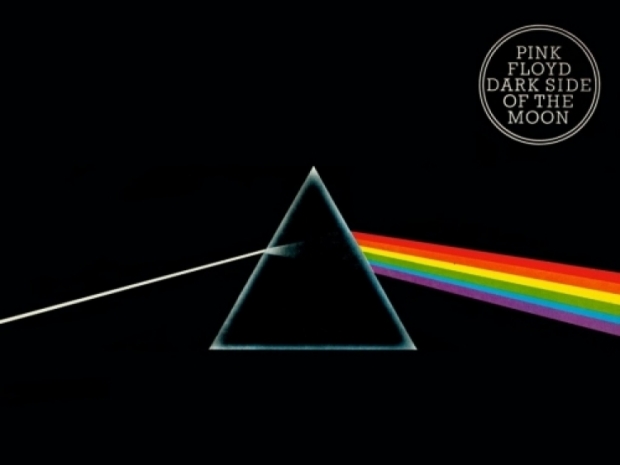While that is not precisely transporting an HD porn file to Tokyo in a millisecond, the team have demonstrated that the controlled transport process and its dynamics have only little impact on the properties of the stored light.
The researchers used ultra-cold rubidium-87 atoms as a storage medium for the light to achieve a high level of storage efficiency and a long lifetime. The controlled manipulation and storage of quantum information, as well as the ability to retrieve it, are essential prerequisites for achieving advances in quantum communication and for performing corresponding computer operations in the quantum world. Optical quantum memories, which allow for the storage and on-demand retrieval of quantum information carried by light, are essential for scalable quantum communication networks.
Professor Patrick Windpassinger and his colleagues have described the actively controlled transport of such stored light over distances larger than the size of the storage medium.
Some time ago, they developed a technique that allows ensembles of cold atoms to be transported on an ‘optical conveyor belt’ which is produced by two laser beams. The advantage of this method is that a relatively large number of atoms can be transported and positioned with a high degree of accuracy without significant loss of atoms and without the particles being unintentionally heated.
The physicists have now succeeded in using this method to transport atomic clouds that serve as a light memory. The stored information can then be retrieved elsewhere. Refining this concept, the development of novel quantum devices, such as a racetrack memory for light with separate reading and writing sections, could be possible in the future.

